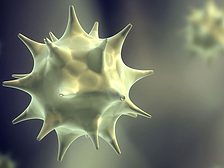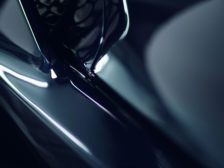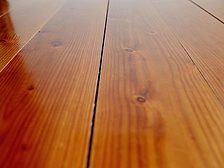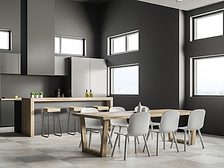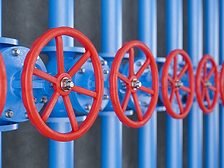Waterborne Coatings
Inventive Routes for the Preparation of Waterborne Acrylic Polyols
for 2K PU Protective Topcoats
Read More
Fibrillated Cellulose
A Natural, Biobased, Multi-Functional Stabilizer for Waterborne Coatings
Read More
Novel Path to Hydroxyl-Functional Emulsions
for High-Performance Waterborne Two-Component Polyurethane Coatings
Read More
Keep the info flowing with our eNewsletters!
Get the latest industry updates tailored your way.
JOIN TODAY!Copyright ©2025. All Rights Reserved BNP Media.
Design, CMS, Hosting & Web Development :: ePublishing

